Video Analysis & 3D Vision
Master advanced computer vision techniques to analyze video, motion, and depth for real-world AI applications.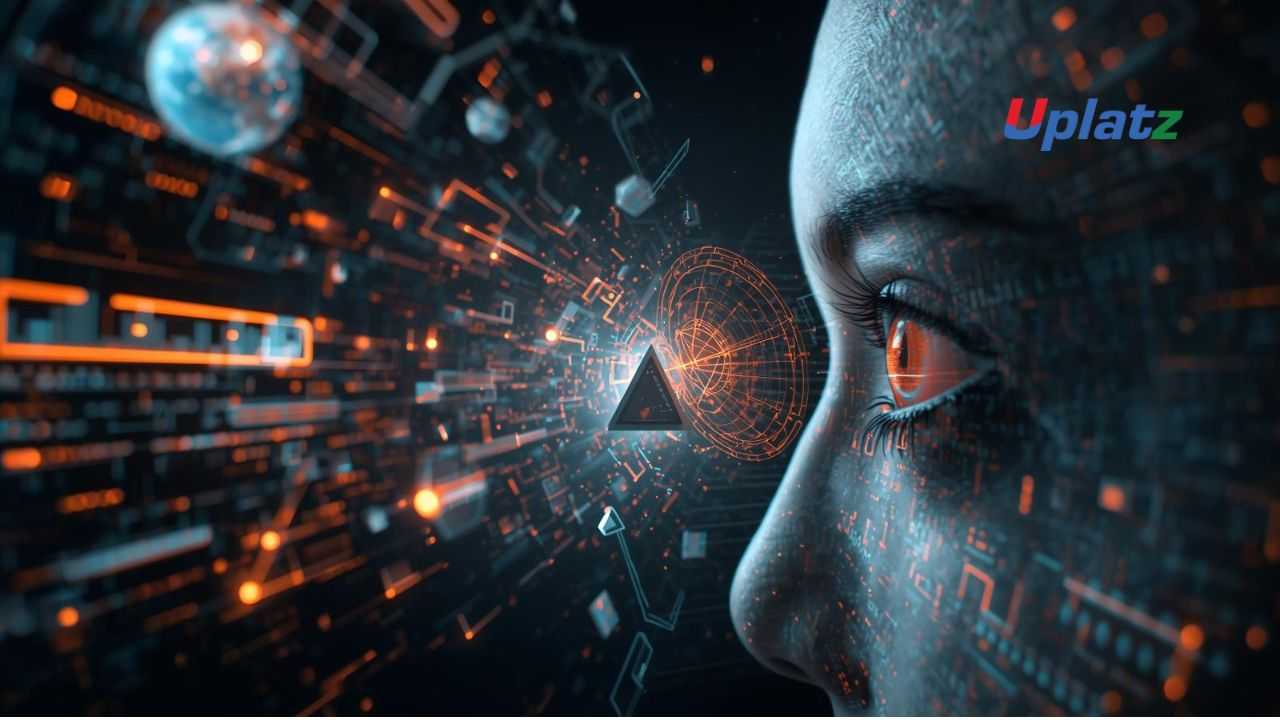 Price Match Guarantee
Full Lifetime Access
Access on any Device
Technical Support
Secure Checkout
Course Completion Certificate
Price Match Guarantee
Full Lifetime Access
Access on any Device
Technical Support
Secure Checkout
Course Completion Certificate
 90% Started a new career
BUY THIS COURSE (
90% Started a new career
BUY THIS COURSE (GBP 12 GBP 29 )-
 82% Got a pay increase and promotion
82% Got a pay increase and promotion
Students also bought -
-
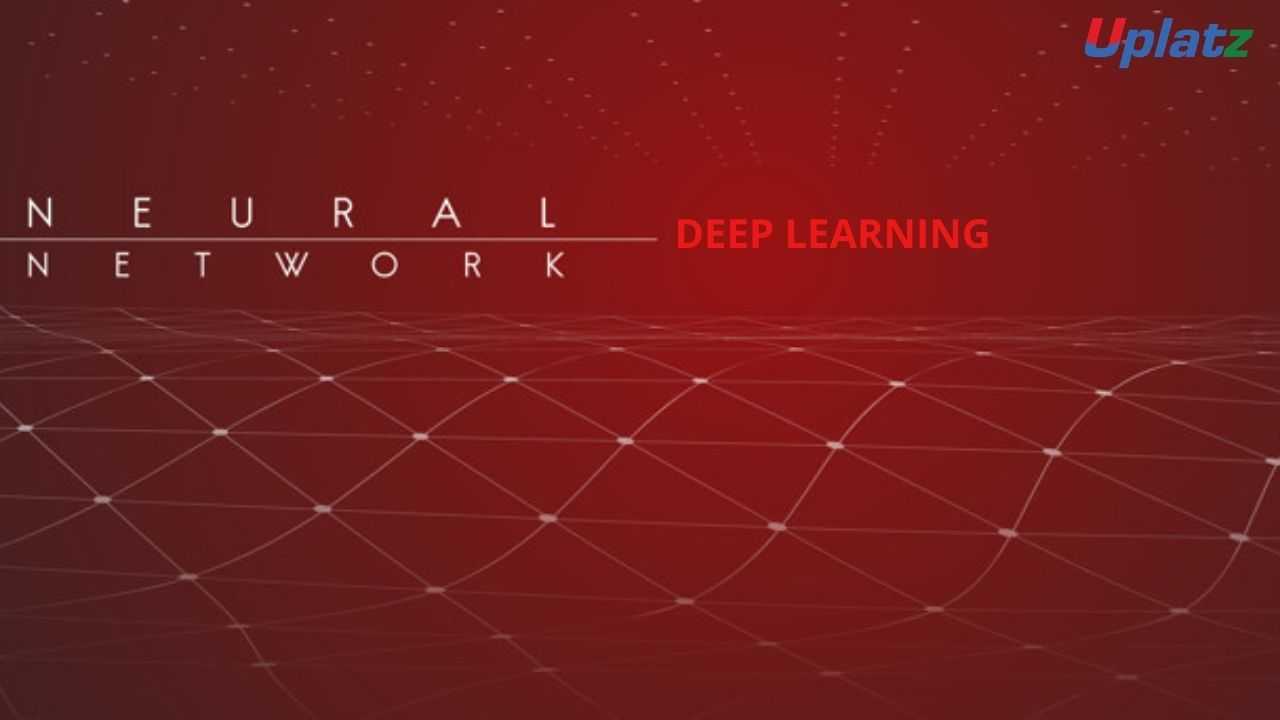
- Deep Learning Foundation
- 10 Hours
- GBP 12
- 1061 Learners
-
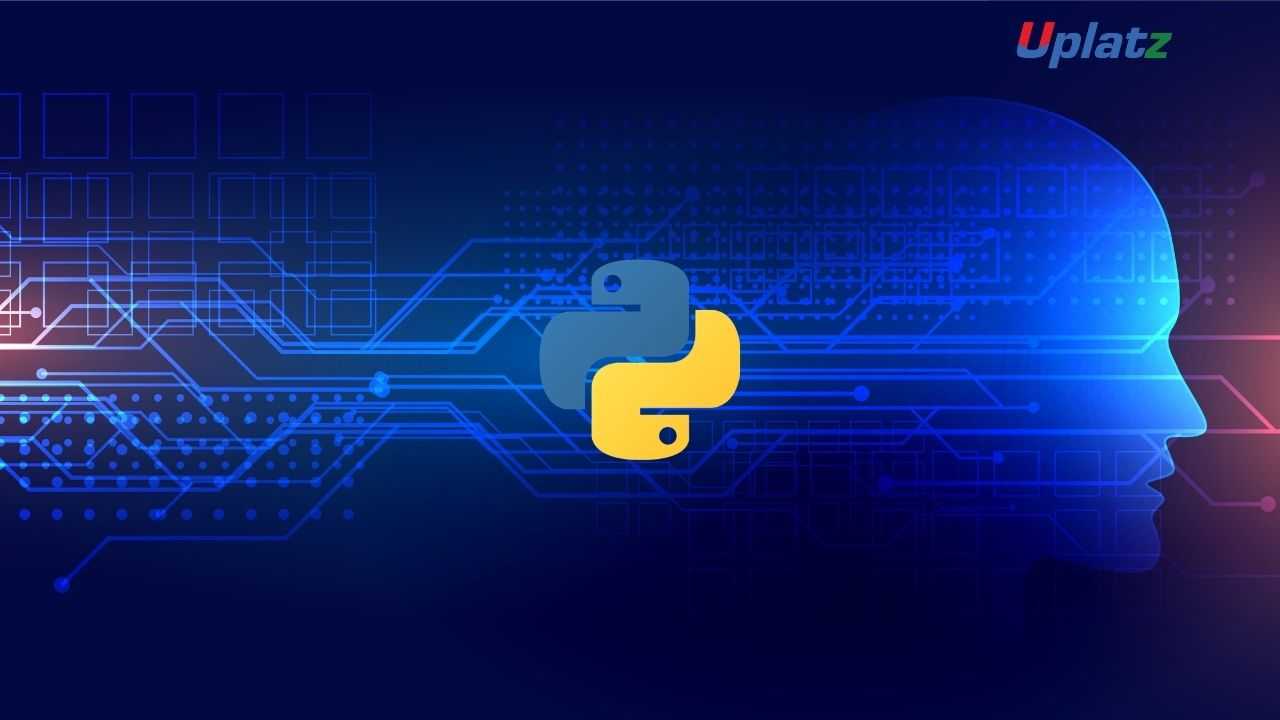
- Machine Learning with Python
- 25 Hours
- GBP 12
- 3518 Learners
-
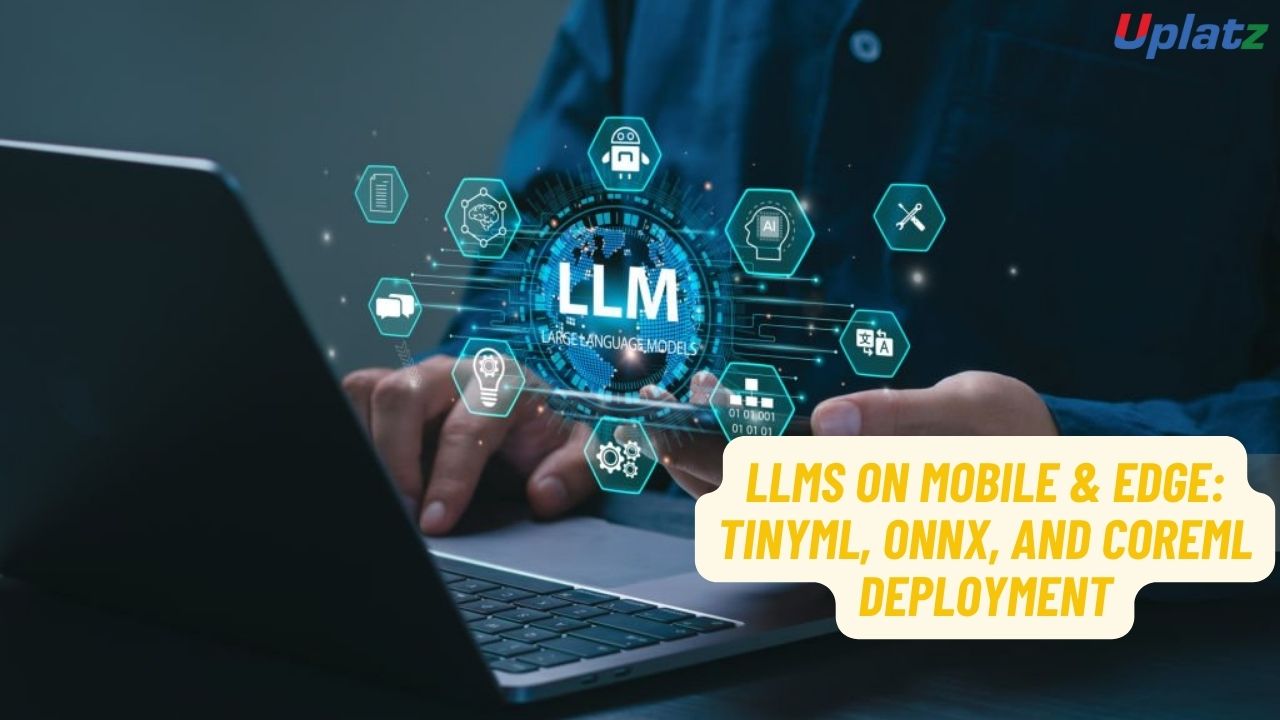
- LLMs on Mobile & Edge: TinyML, ONNX, and CoreML Deployment
- 10 Hours
- GBP 12
- 10 Learners
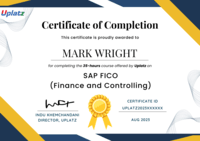
Video Analysis & 3D Vision – Understanding the World Through Motion and Depth
Video Analysis & 3D Vision is an advanced course that focuses on the intersection of computer vision, artificial intelligence, and spatial perception. It teaches how machines can understand dynamic scenes, detect motion, and reconstruct three-dimensional environments from video data.
Learners will explore the theory and practice behind video analytics, object tracking, motion estimation, stereo vision, depth sensing, and 3D reconstruction, using deep learning and AI-powered frameworks.
The course integrates tools like OpenCV, PyTorch, TensorFlow, and 3D vision libraries to help learners build real-world projects in surveillance, autonomous navigation, robotics, AR/VR, and industrial automation.
By the end of the program, you’ll have the technical and analytical expertise to transform raw video and spatial data into actionable insights and intelligent systems.
Why Learn Video Analysis & 3D Vision?
Video and spatial data form the foundation of real-time intelligence across industries. From autonomous vehicles and robotics to security surveillance and healthcare imaging, AI systems increasingly rely on the ability to interpret dynamic visual data and reconstruct 3D scenes.
By mastering this discipline, you can:
- Build intelligent perception systems that understand motion and depth.
- Develop real-time video analytics solutions for security, sports, and industry.
- Integrate 3D vision into robotics, AR/VR, and autonomous systems.
- Contribute to the advancement of spatial AI and next-gen computer vision research.
As industries adopt AI-powered video analytics and 3D digital twins, professionals with these skills are highly sought after across multiple domains.
What You Will Gain
By completing this course, you will:
- Understand the foundations of video processing and motion analysis.
- Learn techniques for object detection, tracking, and activity recognition.
- Apply optical flow and motion estimation for video understanding.
- Master 3D vision techniques such as stereo imaging, SLAM, and depth reconstruction.
- Use deep learning architectures for spatiotemporal data analysis.
- Build end-to-end AI pipelines for video analytics and 3D perception.
Hands-on projects include:
- Building an object tracking system using OpenCV and YOLO.
- Implementing a 3D reconstruction model using stereo vision techniques.
- Creating a video action recognition model using CNNs and RNNs.
Who This Course Is For
This course is ideal for:
- AI & Computer Vision Engineers working on perception and automation systems.
- Machine Learning Developers analyzing video and spatial data.
- Robotics & Autonomous Systems Engineers using vision for navigation.
- AR/VR Developers integrating 3D sensing and real-time video analysis.
- Researchers & Students exploring motion, tracking, and depth modeling.
It bridges the gap between computer vision and spatial intelligence, empowering learners to create intelligent perception systems for the real world.
By the end of this course, learners will be able to:
- Understand the fundamentals of video analysis and 3D vision.
- Apply frame differencing, optical flow, and motion tracking techniques.
- Implement object detection and action recognition in videos.
- Use stereo vision and depth estimation for 3D perception.
- Explore SLAM (Simultaneous Localization and Mapping) for spatial awareness.
- Apply convolutional and recurrent networks for spatiotemporal data.
- Perform 3D reconstruction and scene understanding using multi-view geometry.
- Use LiDAR and RGB-D sensors for depth-based applications.
- Optimize real-time video analytics using GPU acceleration.
- Develop full AI pipelines for real-time video and 3D processing.
Course Syllabus
Module 1: Introduction to Video Analysis and 3D Vision
Understanding visual perception, motion, and depth in computer vision systems.
Module 2: Fundamentals of Digital Video Processing
Frame rates, encoding, temporal segmentation, and keyframe extraction.
Module 3: Object Detection and Tracking in Videos
Implementing YOLO, SORT, and DeepSORT algorithms for object tracking.
Module 4: Motion Analysis and Optical Flow
Understanding Lucas-Kanade and Horn-Schunck methods for motion estimation.
Module 5: Action and Activity Recognition
Using CNN+RNN architectures and 3D CNNs for video classification.
Module 6: Stereo Vision and Depth Estimation
Principles of binocular vision, disparity maps, and depth reconstruction.
Module 7: Structure from Motion (SfM) and 3D Reconstruction
Recovering camera motion and 3D scene geometry from multiple images.
Module 8: Simultaneous Localization and Mapping (SLAM)
Implementing visual SLAM for robotics and augmented reality systems.
Module 9: Point Clouds and LiDAR Data Processing
3D representation of real-world environments using LiDAR and depth sensors.
Module 10: Deep Learning for Video and 3D Analysis
Spatiotemporal networks, transformers, and self-supervised 3D vision models.
Module 11: Real-Time Video Analytics Applications
Building intelligent systems for security, traffic monitoring, and automation.
Module 12: Capstone Project – 3D Video Intelligence System
Develop and deploy a complete system integrating object tracking, motion analysis, and 3D scene reconstruction for an industrial or research application.
Upon successful completion, learners will receive a Certificate of Mastery in Video Analysis & 3D Vision from Uplatz.
This certification validates your ability to apply advanced AI and computer vision techniques for understanding motion, depth, and spatial structure. It demonstrates proficiency in:
- Video analytics, motion detection, and activity recognition.
- 3D perception and reconstruction from video or sensor data.
- Applying deep learning models for spatiotemporal analysis.
This credential confirms your readiness to contribute to cutting-edge projects in autonomous systems, robotics, AR/VR, surveillance, and spatial AI.
Expertise in video analysis and 3D vision opens high-demand roles such as:
- Computer Vision Engineer
- 3D Perception Specialist
- Video Analytics Researcher
- Robotics Vision Engineer
- Spatial AI Developer
- Deep Learning Engineer (Vision)
These roles are critical across industries including automotive (autonomous driving), security and surveillance, healthcare imaging, manufacturing, and immersive technology.
- What is video analysis in computer vision?
It involves extracting meaningful information from video sequences, such as motion, objects, and activities. - What is optical flow?
A technique for estimating motion between frames by tracking pixel intensity changes. - What is 3D vision?
The ability of computer systems to perceive and reconstruct spatial geometry from images or video. - What is stereo vision?
A method of using two camera viewpoints to estimate depth by comparing image disparities. - What is SLAM (Simultaneous Localization and Mapping)?
An algorithm that enables devices to map an environment while tracking their own position within it. - How are CNNs used in video analysis?
They extract spatial features from frames that can be combined with temporal models (like RNNs) for motion understanding. - What is the difference between 2D and 3D object detection?
2D detection identifies objects in images, while 3D detection estimates spatial location and depth. - What are LiDAR and point clouds?
LiDAR sensors generate point clouds — dense 3D data representations of real-world environments. - What are real-world applications of 3D vision?
Autonomous vehicles, AR/VR, robotics, architecture, and industrial inspection. - What challenges exist in video analysis and 3D vision?
Lighting variations, occlusions, noise, real-time performance, and depth accuracy.









